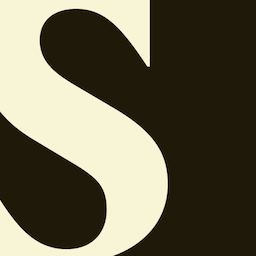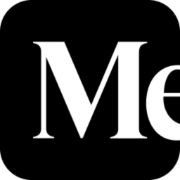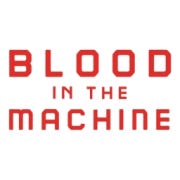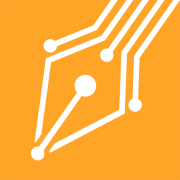Morphing appearances of our future chore assistants
Weeknotes 363 - Morphing appearances of our future chore assistants Thinking about the relations with our chore assistants, learning from humanoid experiments. And more from the news of last week on human-AI interactions.
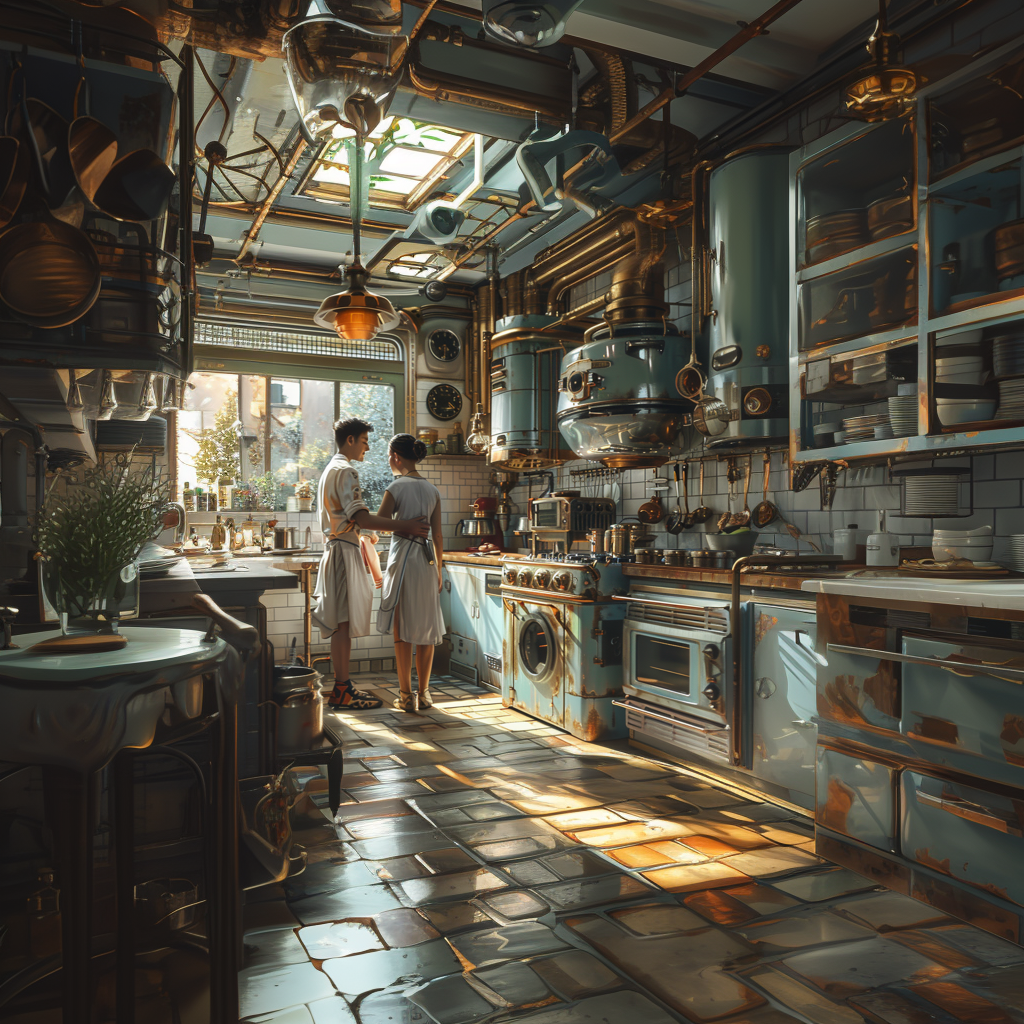
Dear reader!
Thanks for landing. Especially to the new subscribers and readers via other channels. Hope you had an inspiring week. I share these weeknotes every Tuesday morning, highlighting what I've captured from the news on human-AI-things co-performances and the impact of agentic AI in our physical spaces, such as cities and homes. Immersive connectedness and robotic performances as a lens, and thinking about the impact in our tech-infused society, in which we live.
Let’s dive into last week's thoughts and news right away.
Week 363: Morphing appearances of our future chore assistants
Last week was dedicated to meetings and chats, making plans, and working on the program of TH/NGS 2025 happening 12 December at Marineterrein (AMS/CRCL PARK). We sent out a newsletter with the first names and topics of workshops in our program. Check it out here: https://thingscon.org/events/things-2025/program/
Although there were not many events last week, I was invited to join a “Future Food Challenge” organized by STT (Stichting Toekomstbeeld der Techniek/Study Centre for Technology Trends**).** After a presentation by a professor on future food systems of HAS Green Academy, we discussed in small groups how to reach a more sustainable and healthy future of food in 2040, where to invest in: new technologies or improving existing. These sessions are a nice way to develop some wild propositions. It is too brief to generate realistic ideas. Hyperlocal with vertical farming, processed food only via local printing/producing to engage with the unhealthiness, and shifting responsibilities of the impact of unhealthy food to producers. To just name a few.
This week’s triggered thought
Last week's unveiling of Neo, the latest humanoid robot, sparked the usual wave of excitement about when these machines will enter our homes. I took the interview with the company's founder last week to reflect on the role of humans in creating useful helpers. Read “From Immersive to Permeating: How AI Quietly Transforms Our Lives”.
The podcast Hard Fork also had an interview and did a demo with Neo. The hosts discussed their potential relation to this kind of ‘soft humanoids’, and that made me think about the adoption of this kind of chore assistants, and related, the form -literally- they might develop into. The conversation tends to focus on capabilities and timelines, but perhaps the more interesting questions are economic and psychological.
The economic model is not only about costs. Or not at all. They will find a sweet spot for what is acceptable, in combination with the costs. Costs of ownership will be replaced with the costs of released friction. Ultimately, that's the economic threshold manufacturers need to target, not just for initial sales but for sustained service models.
This raises questions about integration. Will these robots stand alone, or will they become part of larger ecosystems? A service ecosystem. From package deals to service level agreements. Many models have been prototypes in real life; how will this translate to the chore assistants? I can imagine appliance manufacturers like Siemens bundling a robotic assistant with their kitchen packages.
The robot wouldn't necessarily be humanoid in that scenario. It might be something more utilitarian, something that has human-like physical capabilities without the human appearance. That distinction matters more than I initially thought. A device that looks like R2-D2 or another recognizably robotic form might be far more acceptable in our homes than something that mimics human form too closely. There's something unsettling about a human-shaped machine in your personal space. A more traditional robot design creates helpful distance. It's clearly a tool, not a synthetic person.
Yet there's a paradox here. The experiences shared on the Hard Fork podcast revealed something different: Neo, despite—or perhaps because of—its human-like appearance, came across as cute and relatable. People found themselves engaging with it, even feeling a kind of attachment. Perhaps the humanoid form serves a purpose in these early stages, creating a bridge of familiarity that helps us accept these machines into our intimate spaces. I suspect this is transitional. Over time, we'll likely settle on something between purely human and purely machine—a form that leverages the best of both without the uncanny discomfort of trying to be something it's not.
The path forward might not lead to humanoids at all, but rather to capable robots that strike a balance between functionality and familiarity. Perhaps the future of household automation looks less like a person and more like what we've always imagined a robot should be.
Notions from last week’s news
I am not going to say anything about crazy realities of the Elon World. Or better: externalities.
Human-AI partnerships
Dating as a driver.

Who will be in charge, do you think? Microsoft gods?

“Good Judgement is a Million Dollar Skill in the Age of AI”; described by Nate in ten skills.
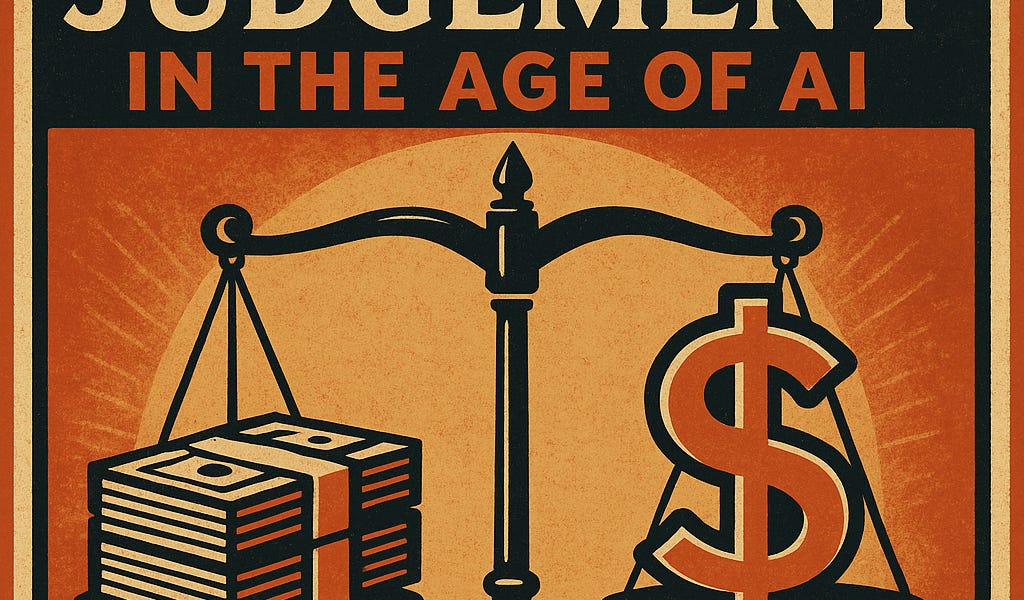
Robotic performances
More creepy ones
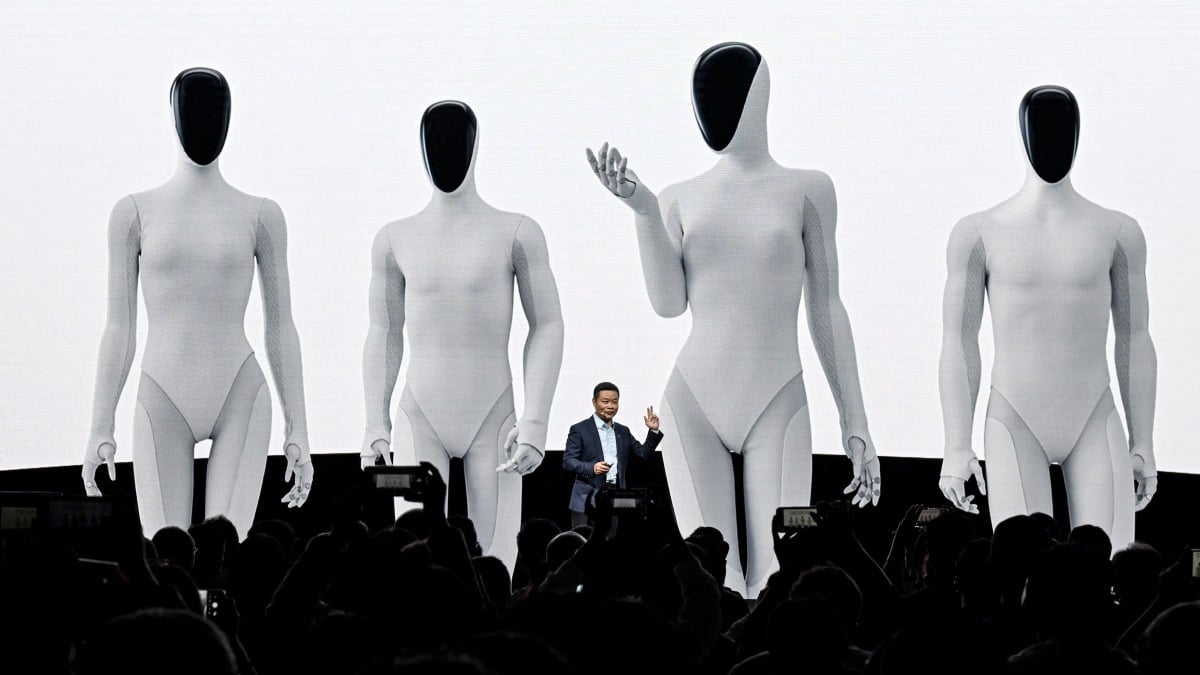
Looking ahead to the future with new systems of last-mile deliveries. It demands new angles on street design. Additionally, we need to reframe the reality of street design.

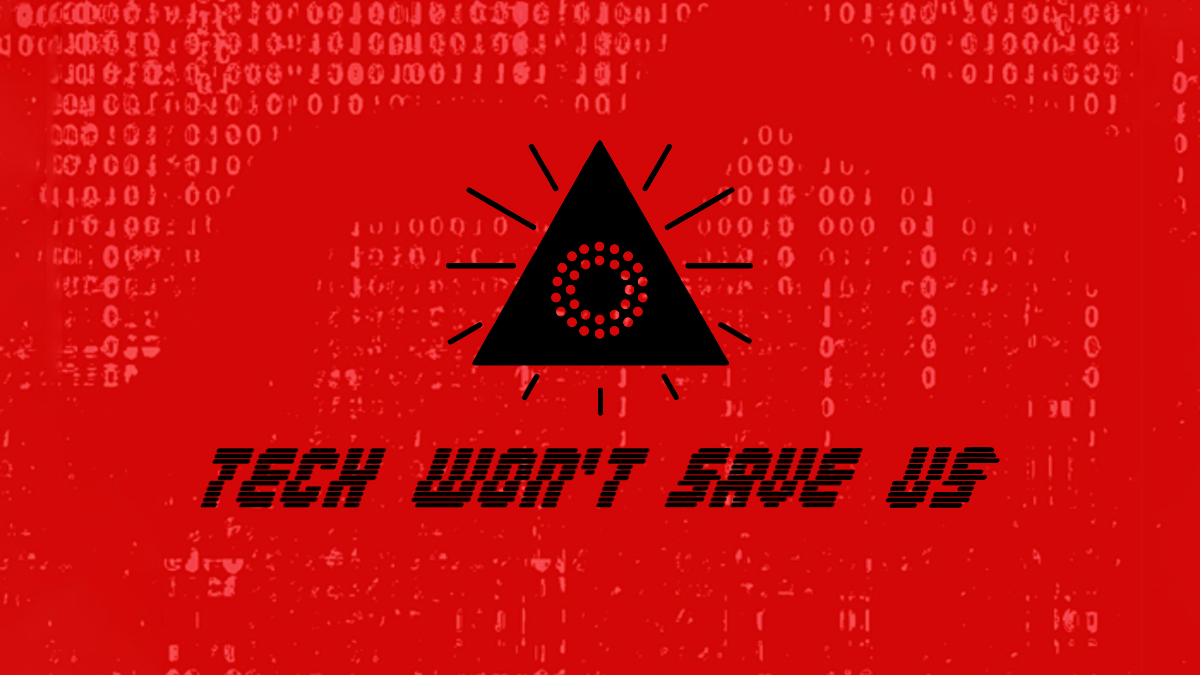
Mapping 3D increases the physical applications of robotics.

Yes. But in combination with mesh and edge.
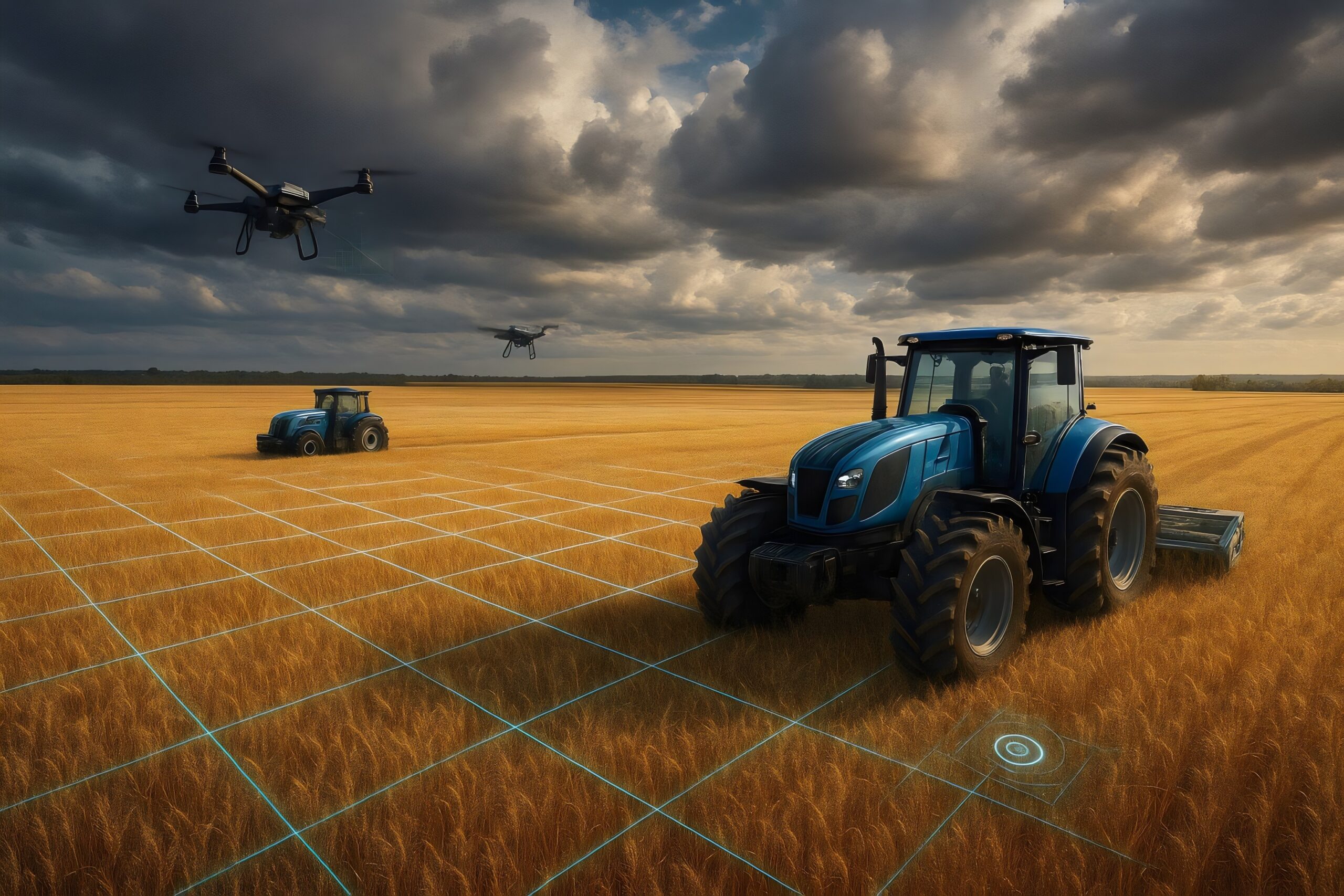
Do we get a cloud of perpetual drones blocking the sun, cooling the climate?
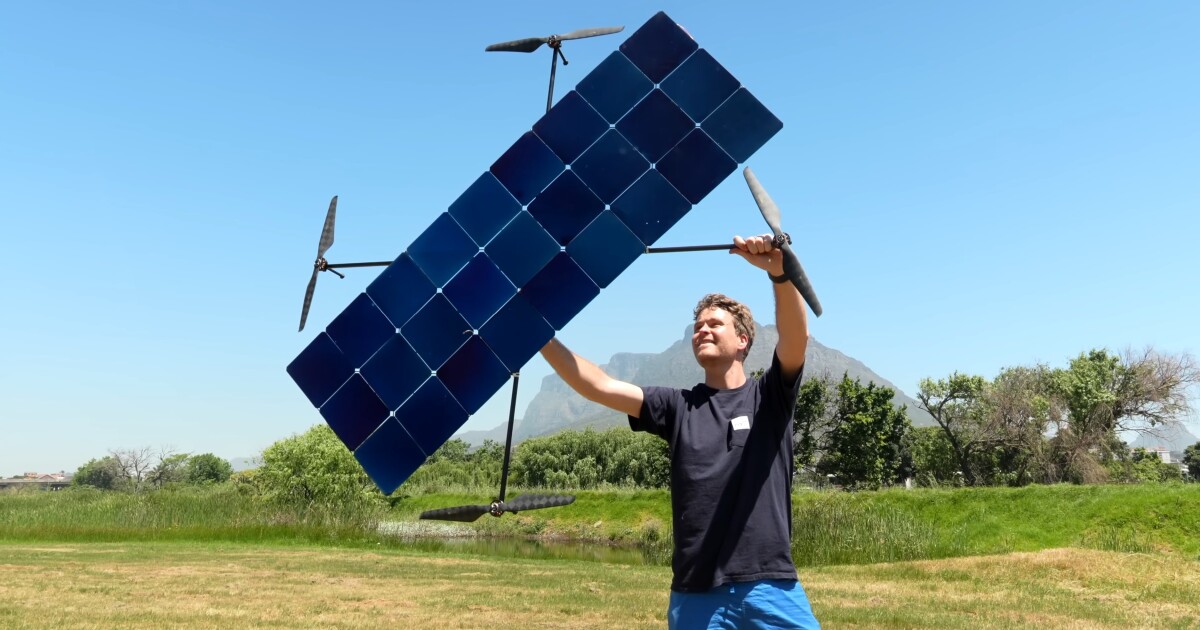
Immersive connectedness
These rings are a continuous wearable promise. Now, some startups promise to be more than just a sensing device; they also aim to create an input device.
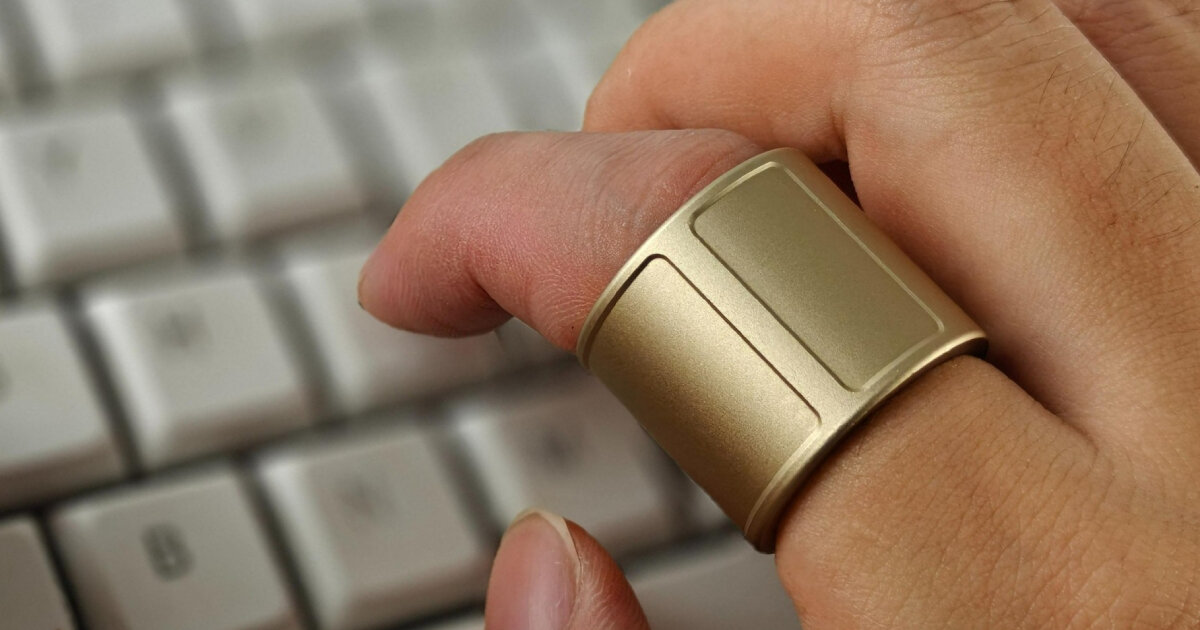
I got in touch with Meshtastic via the Amsterdam network, and you might expect something related to this on TH/NGS. Will WordPress also be adapting it?

This project by former Foursquare founders has been hinted at for some time, and seems to be becoming real. Will it find a sweet spot for social media, now that all other social media is just media?
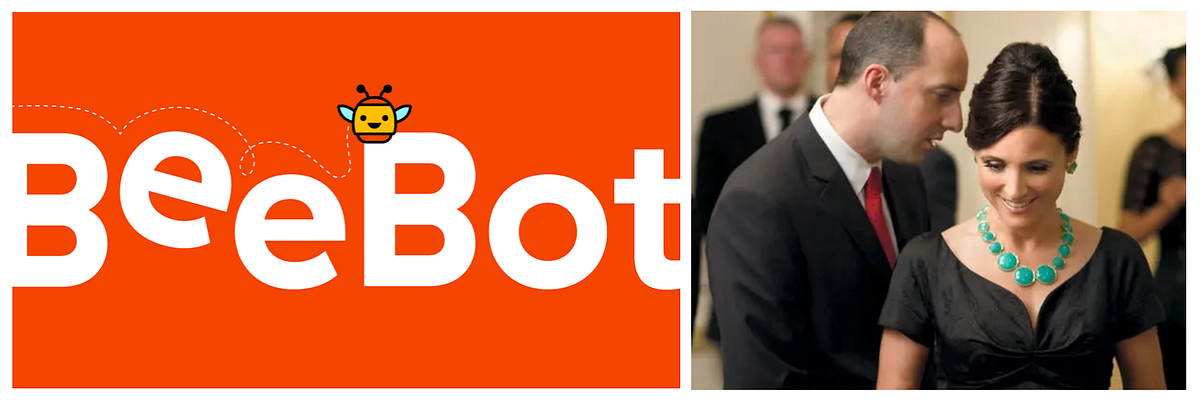
More on Google’s new lens on local-driven media
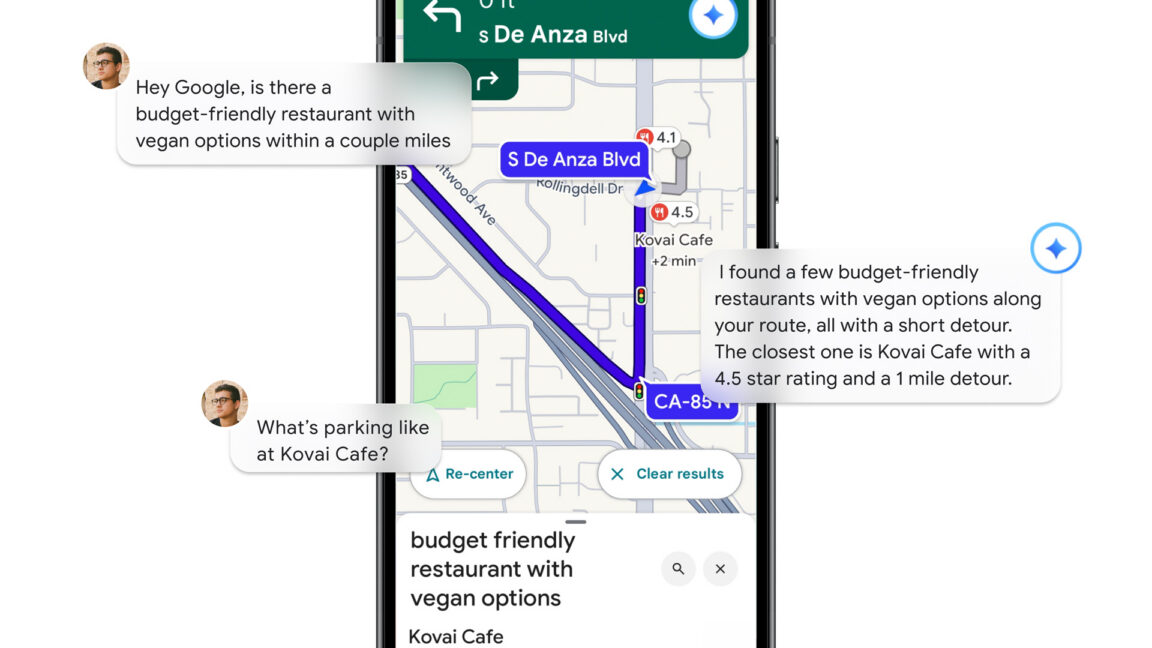
Smart homes had a winter period in recent years, but IKEA might be a weak or strong signal of different times.
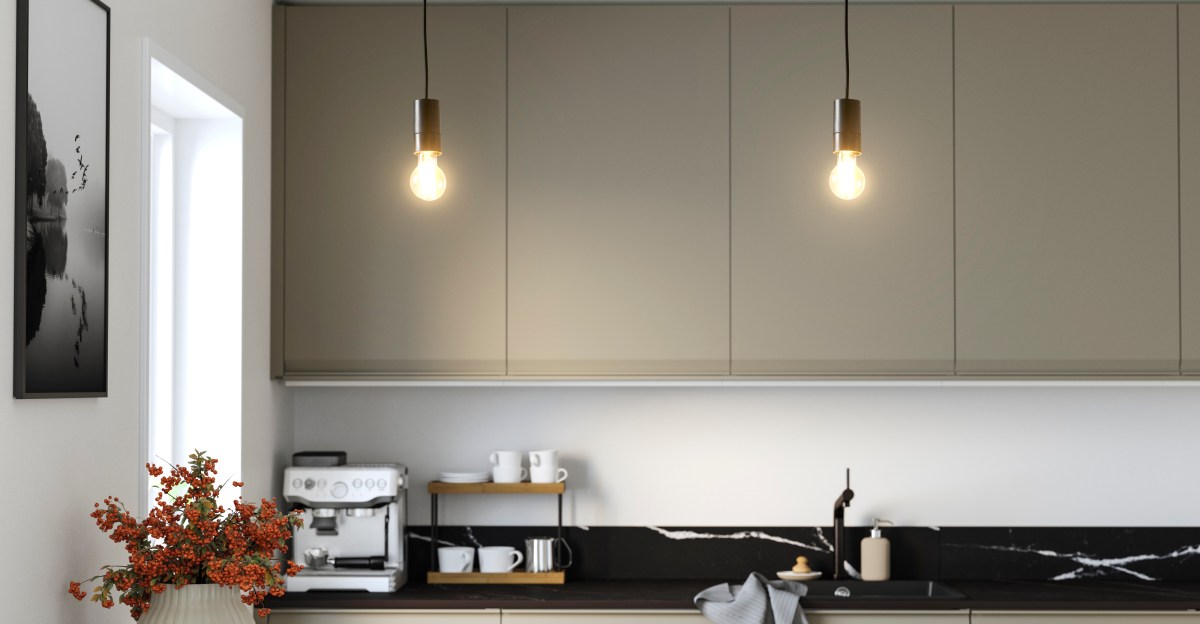
I am always a bit reluctant to share these trends as a new finding, as it has been part of foresight presentations for some years now. But slightly but certainly does apply.
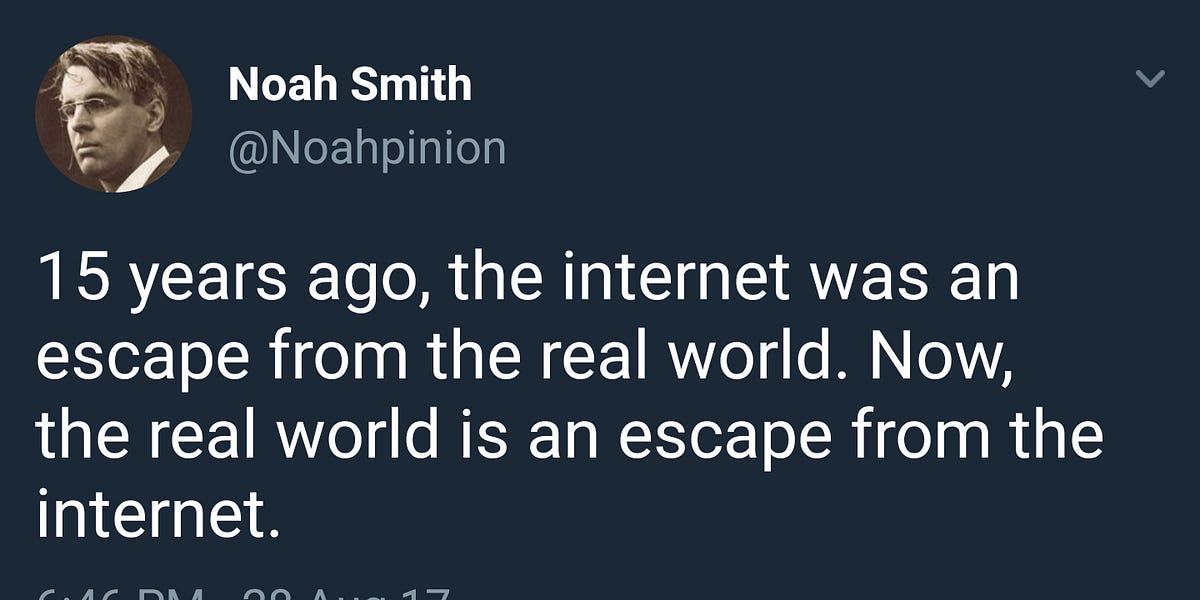
Tech societies
The big story is about the business exchange of the giants.

On a smaller scale, Snap and Perplexity are partnering.
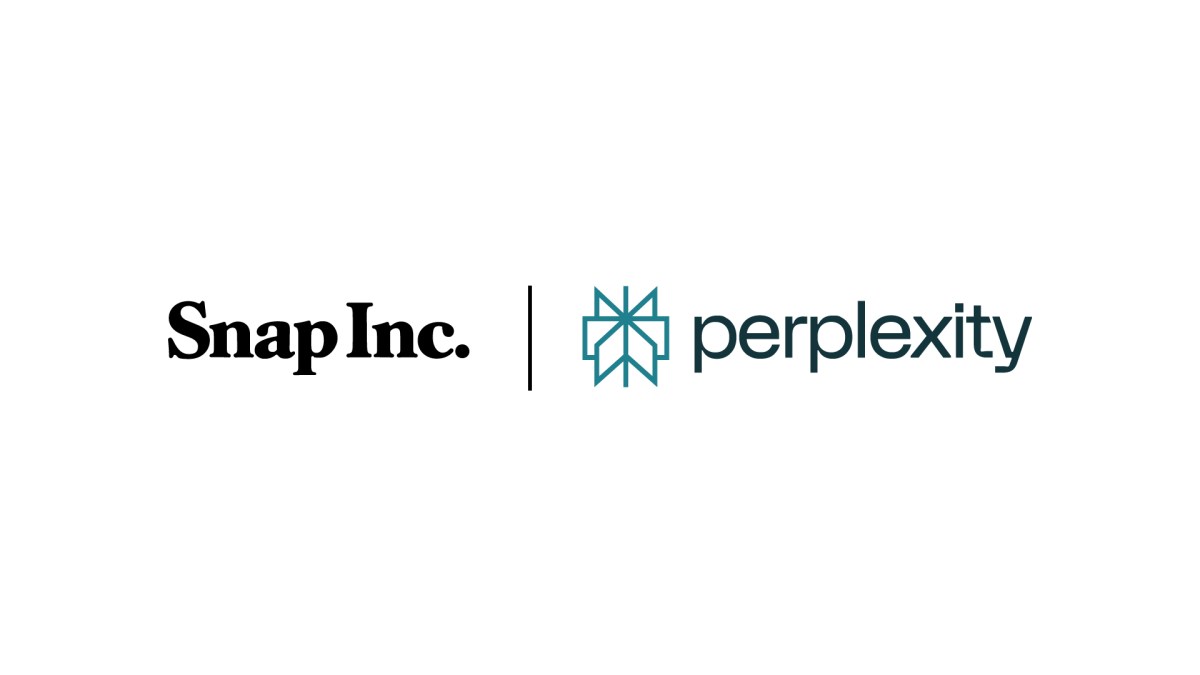
Brain Merchant and Cory Doctorow discussing the future.
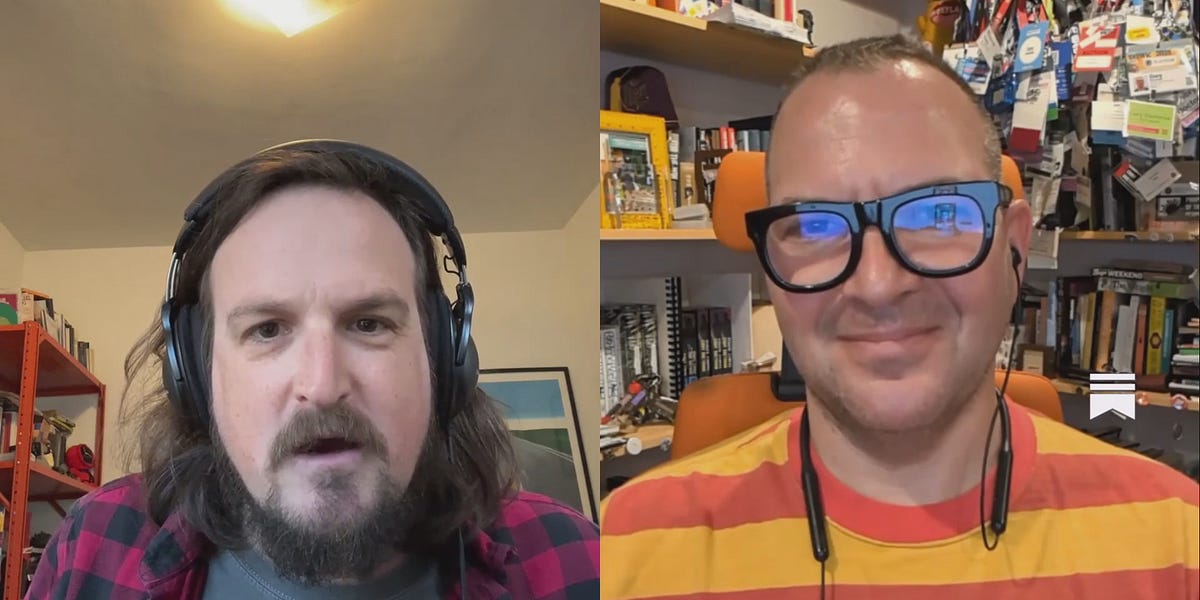
Dreaming about a return to the future
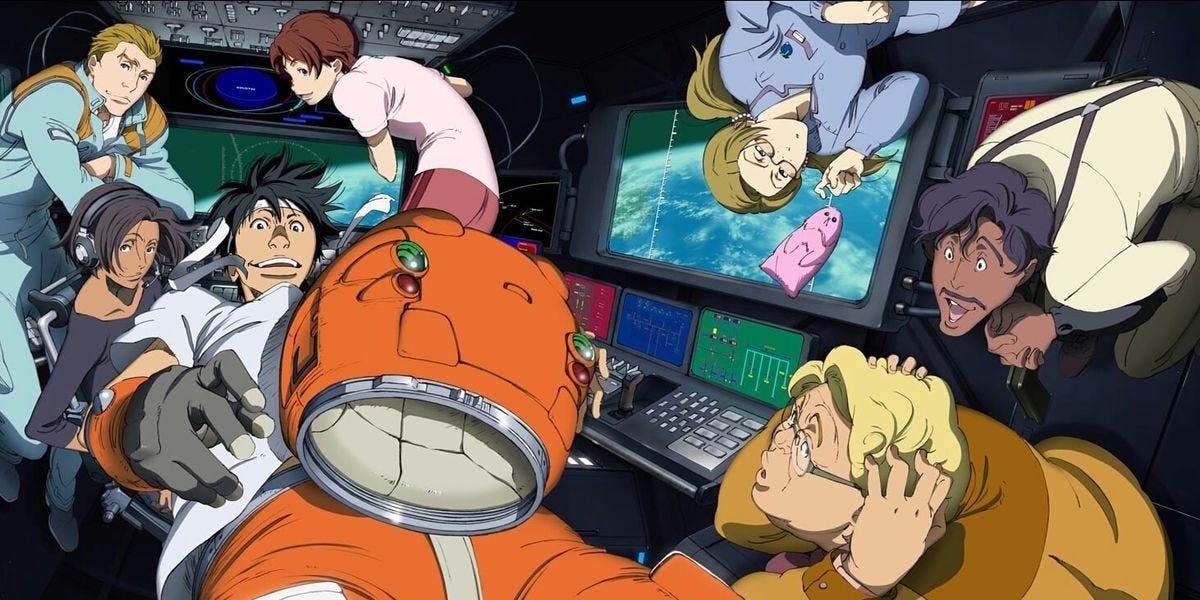
The primary goal of the signature prediction is, of course, the weather. Steps have been made.

Discussing the economics of AI

Maybe it deserves a new subcat; AI bubbling
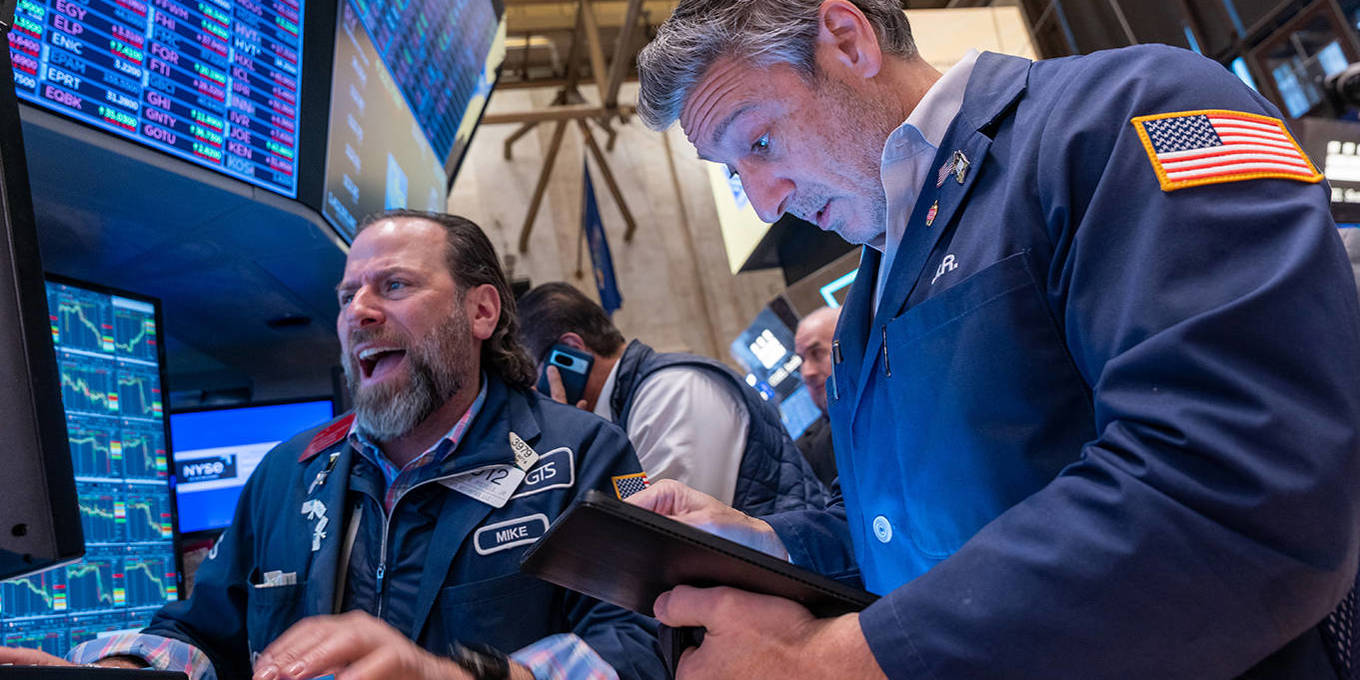
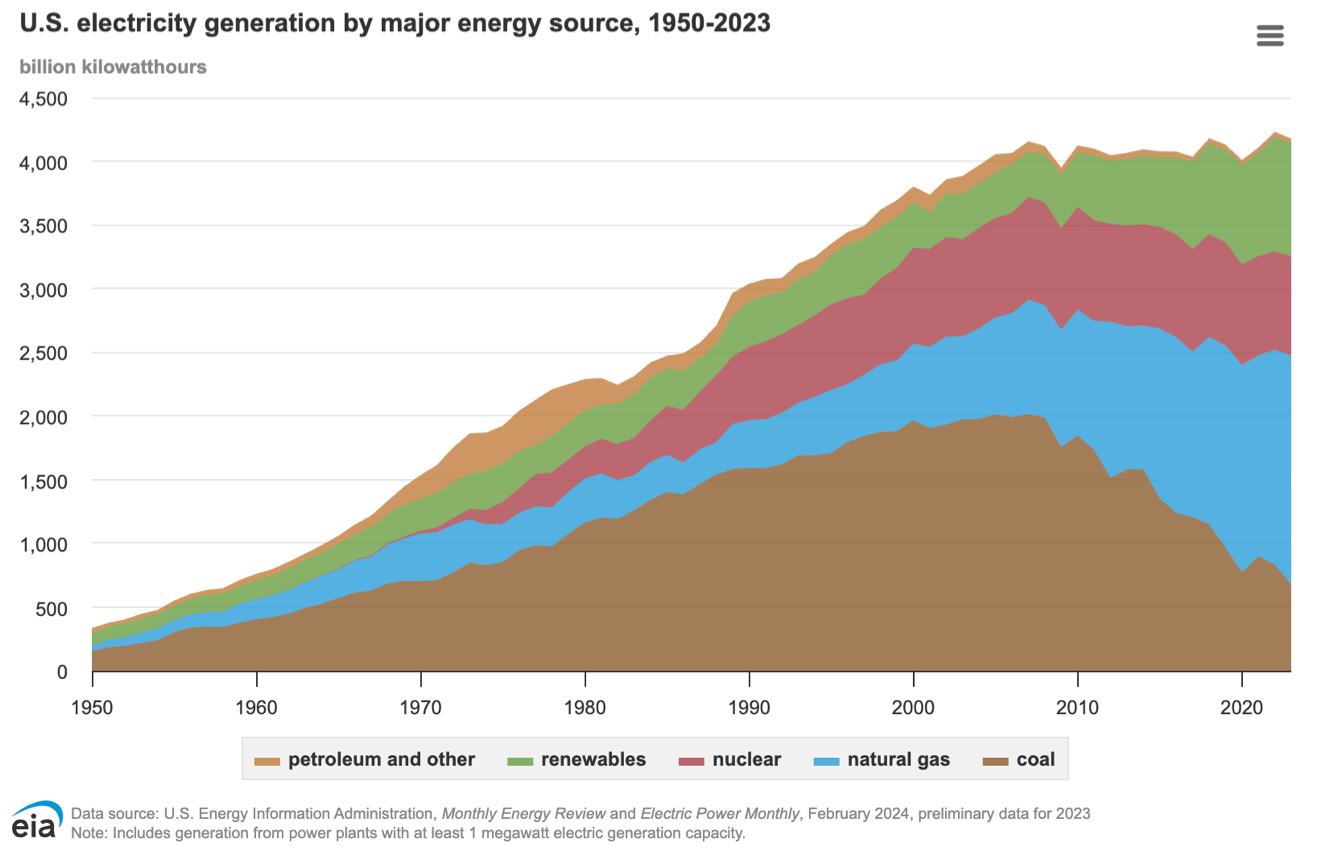
Weekly paper to check
A classic one. Design for Transitions‒from and to what?
As part of its attempt to resituate the practice of designing within a commitment to facilitating social change toward more sustainable futures, the School of Design at Carnegie Mellon University has started talking about ‘Transition Design.’ It is risky to invent yet another term which too easily looks like an appropriative branding exercise, but it can also be useful as way of marking an ambition. The following is a further attempt to explain the differences from existing practice to which Transition Design aspires.
Tonkinwise, C. (2015). Design for Transitions‒from and to what?. Design Philosophy Papers, 13(1), 85-92
What’s up for the coming week?
We are working towards a new update on TH/NGS on Friday. The Monthly post with a speculative CityThing and agency-based content is a bit delayed, but planned for this week. Keep your eye on that newsletter.
There are some events to visit. The Stadmakerscongres on Friday in Rotterdam. And Glow is happening this week in Eindhoven. The IoT London meetup is celebrating its 150th edition. AIxDesign is organising an event on Cinema Thinking Through Machines.
Have a great week!
About me
I'm an independent researcher through co-design, curator, and “critical creative”, working on human-AI-things relationships. You can contact me if you'd like to unravel the impact and opportunities through research, co-design, speculative workshops, curate communities, and more.
Currently working on: Cities of Things, ThingsCon, Civic Protocol Economies.

